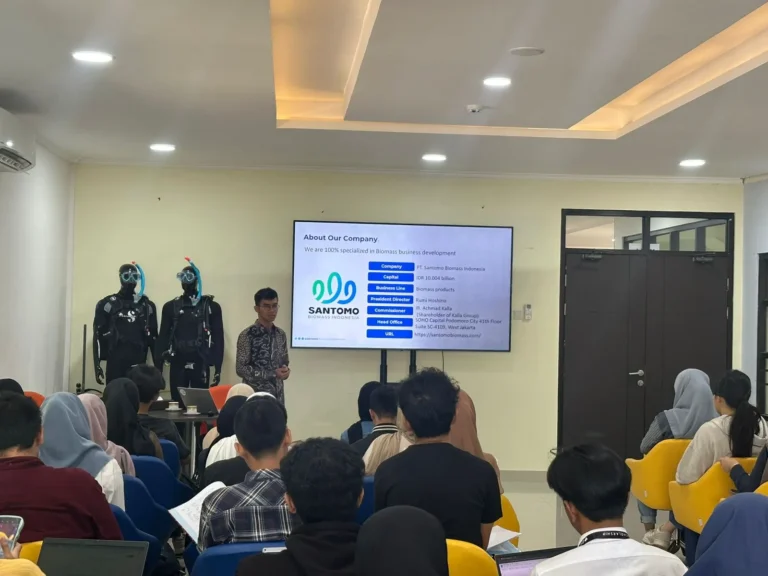As the world seeks solutions to combat climate change, renewable energy sources have taken center stage. Among these, biomass stands out as a versatile and sustainable alternative that can significantly reduce carbon emissions while meeting global energy demands.
What is Biomass?
Biomass refers to organic material derived from plants and animals that can be used as a renewable energy source. Examples include agricultural residues, wood, food waste, and even algae. When processed, biomass can produce heat, electricity, and biofuels like ethanol and biodiesel.
How Biomass Reduces Carbon Emissions?
Biomass plays a unique role in the carbon cycle. Plants absorb carbon dioxide (CO₂) from the atmosphere during photosynthesis, storing it in their tissues. When biomass is used as fuel, it releases this CO₂ back into the atmosphere. However, this process is considered carbon neutral, as the emitted CO₂ matches the amount previously absorbed during the plant’s growth.
In comparison to fossil fuels, which release carbon stored over millions of years, biomass offers a much shorter and more balanced carbon cycle. Moreover, when waste materials like agricultural residues or forest byproducts are used as biomass, it prevents methane emissions from decomposition, further reducing greenhouse gases.
Applications of Biomass in Combating Climate Change
Electricity and Heat Generation: Biomass power plants convert organic materials into electricity and heat, offering a renewable alternative to coal or natural gas.
Biofuels: Ethanol and biodiesel derived from biomass reduce reliance on petroleum-based fuels in transportation.
Industrial Processes: Biomass can replace fossil fuels in industrial applications, such as cement production and chemical manufacturing.
Challenges and Considerations
While biomass has significant potential, it must be managed sustainably to maximize benefits. Unsustainable harvesting of forests or monoculture crops for biofuel can lead to deforestation, soil degradation, and biodiversity loss. To mitigate these risks, it’s essential to focus on waste-based biomass and implement sustainable land-use practices.
The Future of Biomass
Innovations in biomass technology, such as advanced biorefineries and carbon capture and storage (CCS), are enhancing its efficiency and sustainability. Governments and industries are also integrating biomass into their climate action plans, recognizing its potential to help achieve net-zero emissions goals.
Conclusion
Biomass is more than just a renewable energy source—it’s a critical tool in the fight against climate change. By reducing carbon emissions and offering a sustainable alternative to fossil fuels, biomass has the potential to create a cleaner, greener future. However, its success depends on responsible management and continued investment in technology and research. Together, these efforts can ensure that biomass contributes to a sustainable and climate-resilient world.



